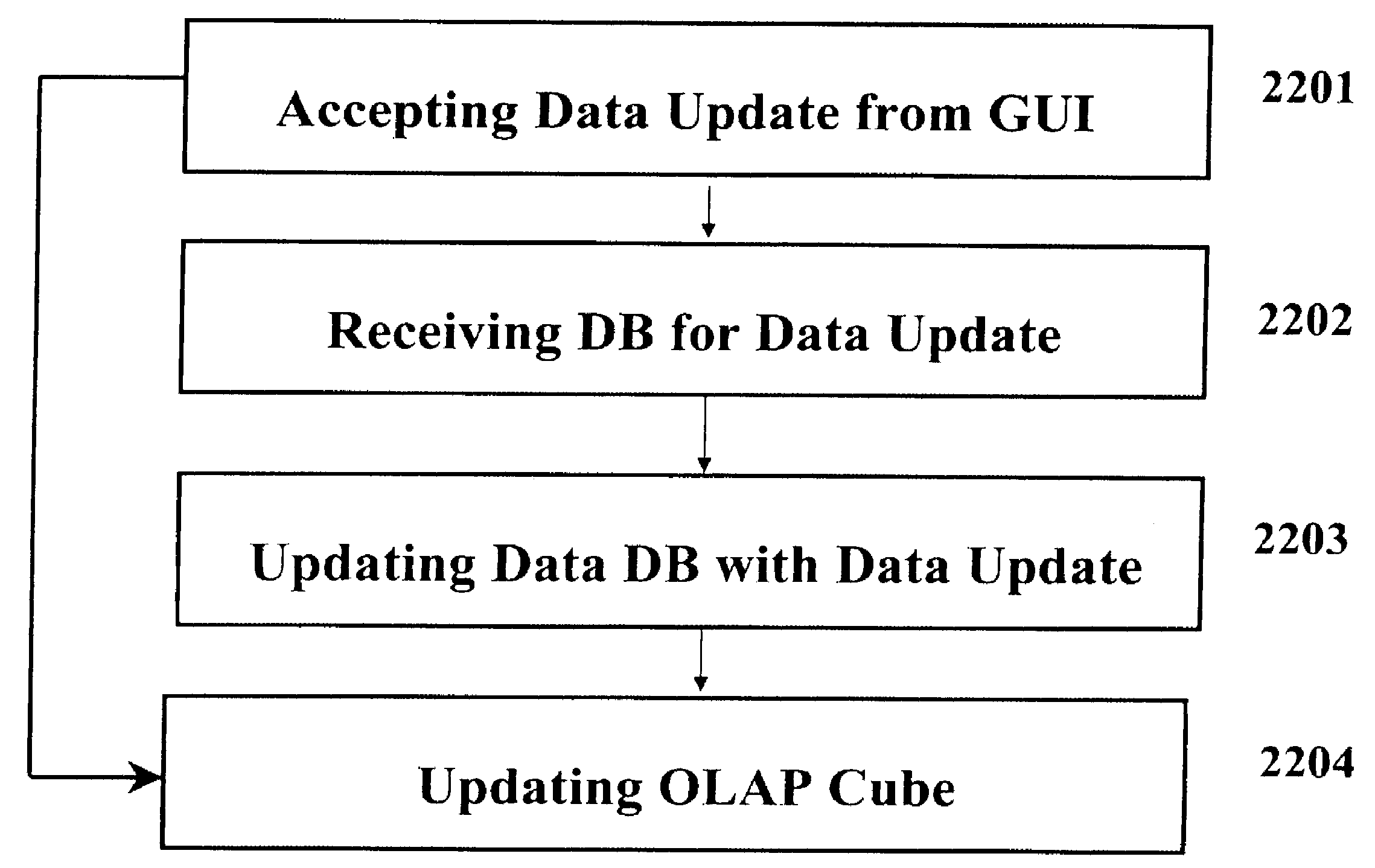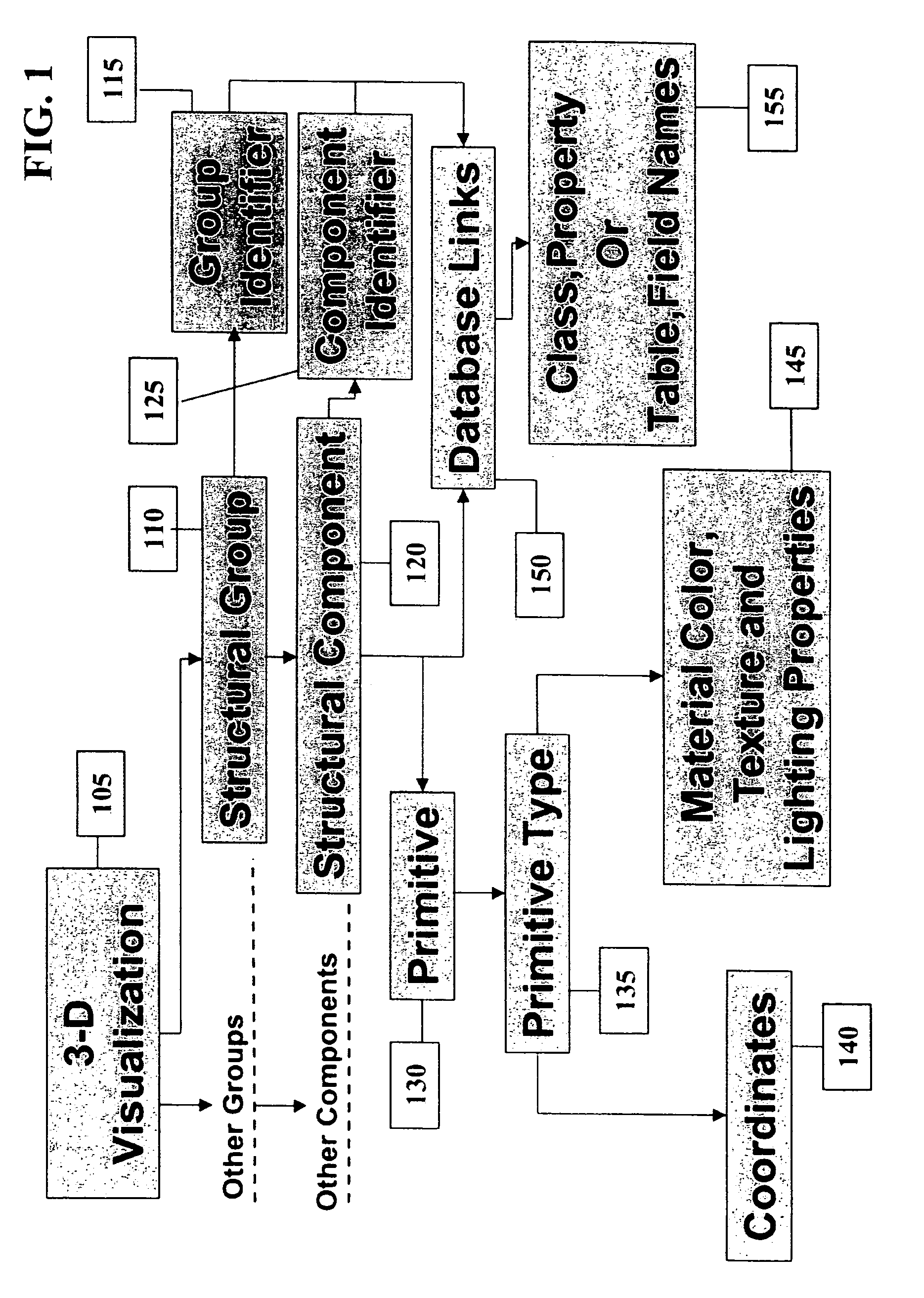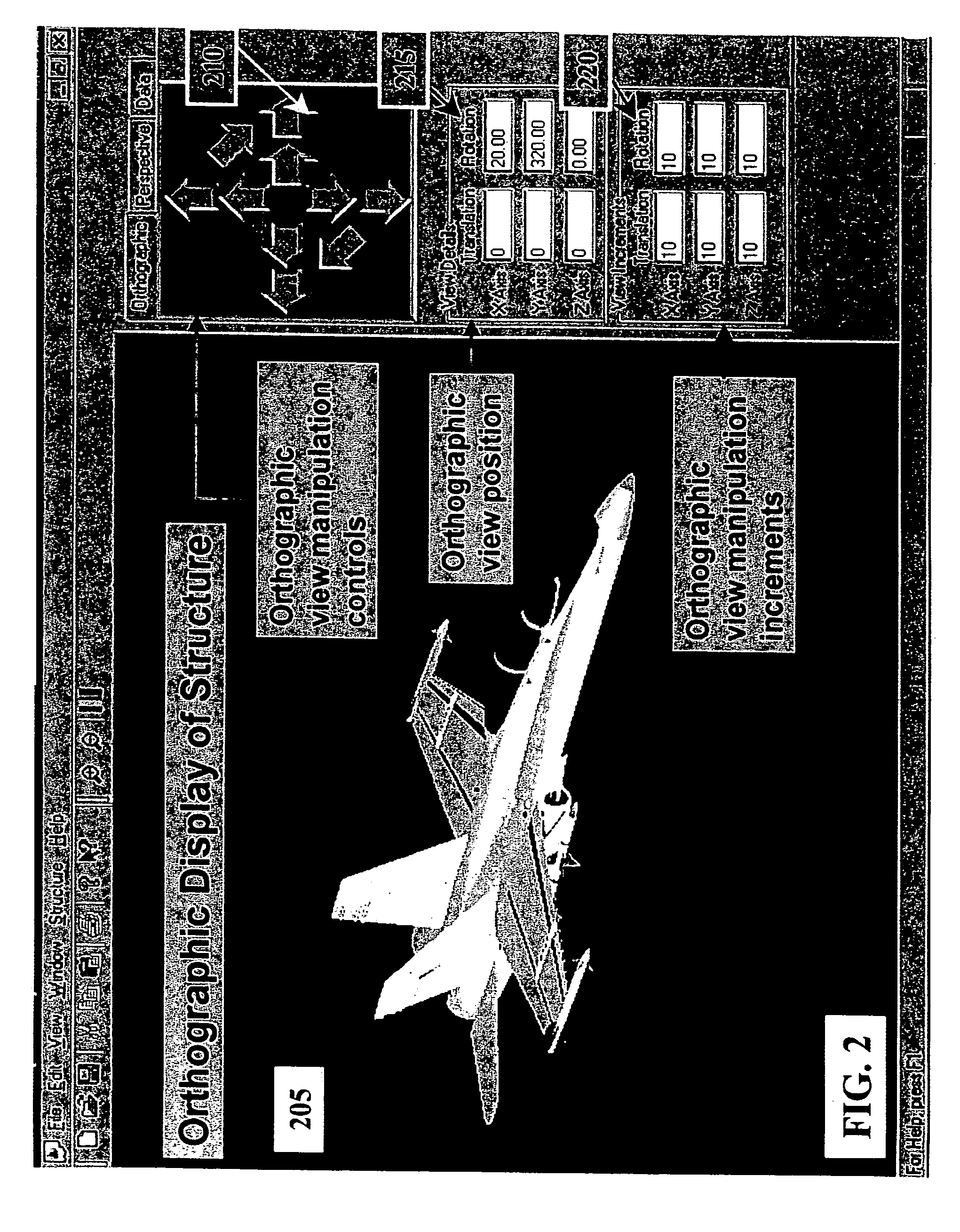Multimedia inspection database system (MIDaS) for dynamic run-time data evaluation
a database system and database technology, applied in multi-dimensional databases, data processing applications, instruments, etc., can solve the problems of large amount of data generated, high cost of analyzing and inspecting structures on a regular basis to ensure structural integrity, and high cost of data analysis
- Summary
- Abstract
- Description
- Claims
- Application Information
AI Technical Summary
Benefits of technology
Problems solved by technology
Method used
Image
Examples
Embodiment Construction
[0088]In one embodiment, the MIDaS product, the software is written as an object-oriented application using Microsoft Visual C++, from Microsoft Corporation of Redmond, Wash. This approach to software development allows for maximum adaptability to different structures, because by using object-oriented languages, structures can share a common, generic description in terms of structural components, component connectivity, and analyses and inspection requirements. In addition, the same object-oriented paradigm (class definitions and program structure) can be applied to different object-oriented languages. Indeed, the same program can be re-written in languages such as Java. MIDaS may be ported to a combined Java and XML (Extensible Markup Language) version.
[0089]In the MIDaS embodiments, to facilitate porting of the data and to keep up with changes and improvements in the display and exchange of information and communication standards, third party Active X controls is used extensively ...
PUM
 Login to View More
Login to View More Abstract
Description
Claims
Application Information
 Login to View More
Login to View More - R&D
- Intellectual Property
- Life Sciences
- Materials
- Tech Scout
- Unparalleled Data Quality
- Higher Quality Content
- 60% Fewer Hallucinations
Browse by: Latest US Patents, China's latest patents, Technical Efficacy Thesaurus, Application Domain, Technology Topic, Popular Technical Reports.
© 2025 PatSnap. All rights reserved.Legal|Privacy policy|Modern Slavery Act Transparency Statement|Sitemap|About US| Contact US: help@patsnap.com



